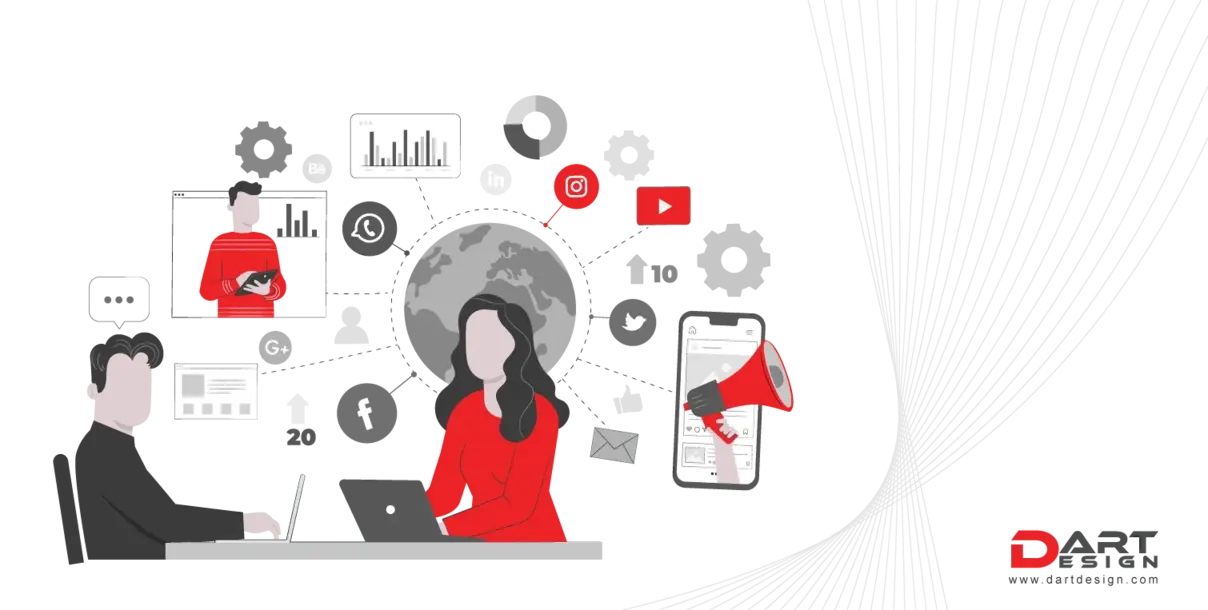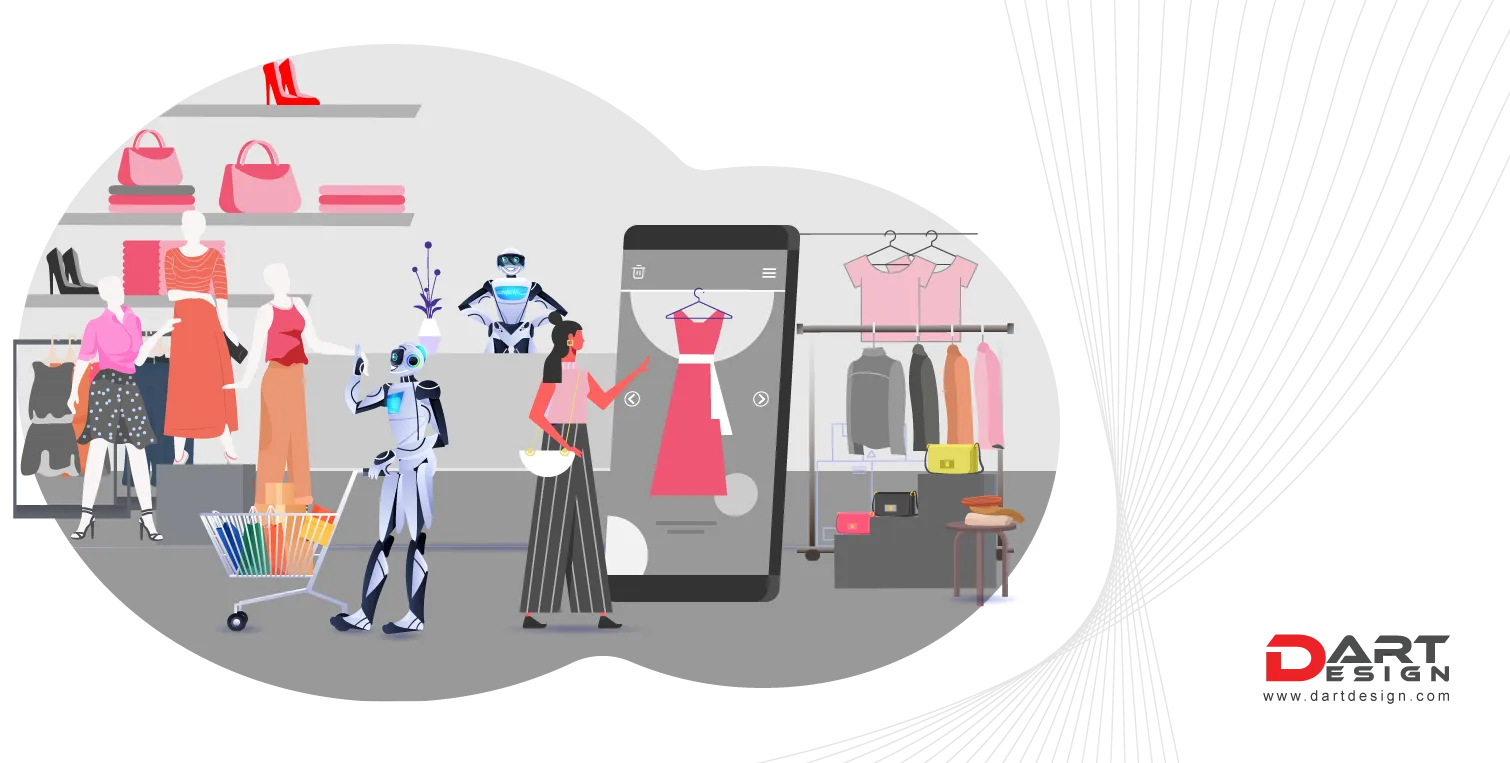“Walking along the beach last month when I was on vaca with my friends and saw a huge kiosk, but that was a cold drink dispenser. But it was 20 feet high and scared the hell out of me. There were huge cans continuously filling with the taste of your choice. But yes, they created an imprint in everyone’s head about that brand. And people were enjoying drinking from that dispenser cum kiosk”.
To understand, we should know what experiential marketing is.
Experiential marketing was practiced way before the pandemic came to hunt us down. But marketers across the globe used it as a revamped technique to sync pandemic SOPs to current relevancies. Through this blog, we’ll understand the detailed aspects of experiential marketing.
It occurs when a long-lasting experience is created, and that impression is remembered for some time. They can often be pocket-heavy but what the brand gets in return is much higher than that investment.
A successful experiential marketing campaign cuts experience through the consumer; they feel it for real. Therefore, the experience should be such that it forces the consumer to stop and engage.
What it’s not.
Experiential marketing is trickier than its counterparts when it comes to execution. To talk about its counterparts like print and digital campaigns. They are easier to execute. But the experiential ones directly hit that grey matter.
It’s not a hypernym for every campaign in advertising that happens in real-time. Per se, a standing billboard cannot be considered experiential. An experiential marketing campaign includes the consumer directly and is more active in nature than passive.
Moreover, it is not limited to real life only. Many examples are on the way in this blog that brands can use to design. Taking it all to the bottom, it’s about the engagement. And yes, engagement.
Some examples –
A banner ad on your smartphone
An aromatic print ad that spreads aroma on touching or scratching
Types of Experiential Marketing –
Experiential marketing tactics and usage has increased since technology is getting more advanced. But also, they are super complicated. Listed below are some of the common types of experiential marketing that the brands are up to.
Events
Being in the event industry, we know there’s no better interaction than face-to-face. Events play an integral part in an event marketing strategy that helps brands introduce themselves and engage with their consumers. Many brands have gone from conventional methods of arranging stakeholder dinners to unconventional methods like space jumping.
Experiential Activations
Have you ever walked by a pop-up shop sponsored by your favorite binge show? These experiential activations are a way for brands to engage and connect with their audience in that particular geography. With social limitations, brands have gone more creative with their activations throughout the pandemic. And they still are.
Digital
Comparing gen z to millennials, we are also getting hooked to our big inched smartphones for hours. And to extend the universe in experiential marketing, they play a crucial role. These brands integrate campaigns to your screens directly. And they are accessible from anywhere without network limitations.
Some of the practices of experiential marketing
When you design your experiential marketing campaign, your team needs to be in sync with the overall strategy. What is the objective of the campaign? What are the resources available? What tone do we are trying to establish? An experience-based campaign can appear unprofessional if the above elements don’t fit. Be sure to follow these best practices when making your strategy to ensure that it is consistent.
Define your goals
Brands design and develop experiences for marketing campaigns for various reasons. Before you begin brainstorming ideas, get your team to discuss the reasons you’re required to implement this strategy initially. We’ve listed some of the most commonly used goals below. However, if none of them is relevant to your business, make sure you discover the “why”.
Expand your reach
Your brand may be well perceived here on the west coast, but do you want to extend it further throughout the east? Or do you want your brand to be global? Whatever you wish, experiential marketing can be the best-used method to introduce your brand in the market.
Clarify your brand image
Brand loyalty is based on the image of a brand. Any product/service can be copied. If your customers are in your company for the item, how will they react if the new company launches offering a product similar to yours but has a more appealing brand story? Customers will leave. Customers need to feel connected to the brands they trust. Experiential marketing is an effective method to communicate your brand’s vision and values to your target audience.
Send a friendly reminder
If your company has been around for many years, it isn’t easy to grab your customers’ attention by introducing new and innovative ways. However, experience-based marketing can subliminally make your customers aware of your brand’s mission, goal, and tone.
Write a compelling story
Once you’ve established the objectives of your campaign, it is time to create your narrative. An immersive experience campaign aims to make it engaging, so be creative when creating it. Be sure to remain within the confines of the resources you have available. Plan your budget, time, location, and constraints for the project. Then, create your story with these constraints in your mind.
Authenticity
In the course of carrying out your campaign, be sure your message is consistent with your brand. Experiential marketing is among the most effective ways to communicate your brand’s image and character. But, it could be a mess or even awkward when your experience doesn’t represent your company’s values.
To make it easier to comprehend, we decided to present the issue using examples. Imagine that you are a renowned Manhattan company for event planning that is known for creating unique and unique events for trendy and young New Yorkers. Here are some of the key aspects you should consider when creating your experiential marketing strategy.
Experience
It’s a bizarre decision for this trendy event planner to plan an event typically held in the ballroom of a hotel or a crowded restaurant. However, to demonstrate a more avant-garde method of planning events, the company could create an informal street fashion display and flash mob. The attendees would take pictures and share them on social media, generating an organic buzz about the event-planning fashion of the company.
Location
When creating a live event or a permanent installation, this saying is certainly true: location, place, position! Event planners wouldn’t have the desired audience should they host the branding experience in a crowded tourist destination like Times Square or a very commercially-oriented area such as Wall Street. They should instead look for emerging neighborhoods and have an image of being trendy. The location of your marketing campaign should improve the experience and reinforce the brand’s message and not be a reason to argue against it.
Energy
Have you attended a party at which you arrive prepared to dance, but the moment you walk through the door, your enthusiasm shifts from to…bleh? If event planners plan spa weekends or corporate retreats, it is logical to set a relaxing mood. First, however, the event planners must ensure that they align their events to an appropriate degree of excitement.
Review your campaign regularly throughout the creation process to ensure that it remains true to the brand’s tone and image. Experiential marketing must make clear to the consumer the purpose of your brand, and it shouldn’t muddy the waters.
The ROI factor
While not as glamorous as the actual implementation of the campaign, the collection of data process after the campaign is among the most crucial stages. For example, suppose you don’t evaluate the return on investment from your marketing campaign. In that case, you will not be able to determine if you achieved the goals you had previously outlined during the process.
There are many methods to determine the ROI of your marketing initiative that is experiential according to the strategy you select to implement. Below are a few typical data elements you could keep track of, but you can constantly measure other criteria relevant to your plan.
Number of downloads
Websites Traffic
Earned media
An increase in news mentions year-over-year
Experiential marketing is an excellent strategy to make your brand stand tall from the surrounding competition. In times to come, your brand can win earned media and exposure x-times. All you need is the right event marketing platform.




